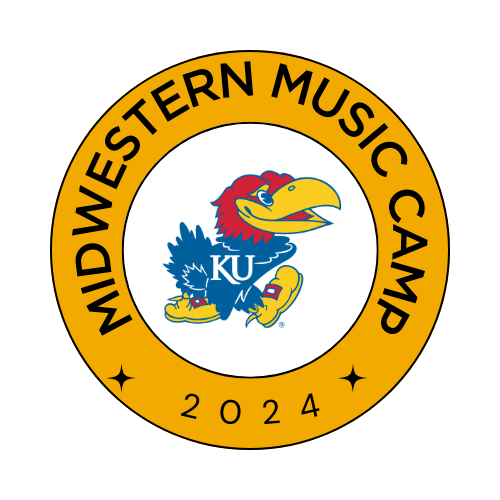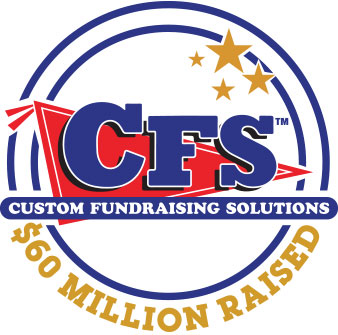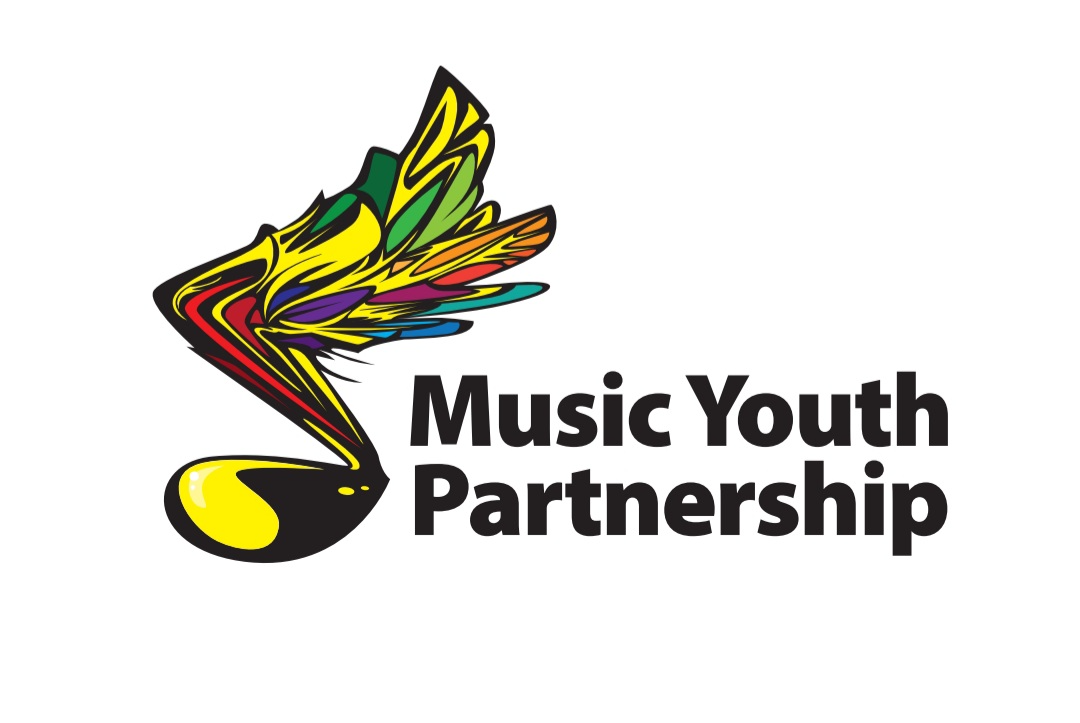
Reprinted with permission from the Spring 2018 issue of the Oregon Music Educator.
Are kids changing, or is it just me? I’m sure educators have been asking themselves this question for decades as we move from generation to generation. I would submit that children have not changed all that much, but the circumstances and the experiences they are having, certainly have. We are keenly aware of students who are coming to school with basic needs not being met. The ACEs research around adverse childhood experience and trauma are bringing to light the ever-increasing number of students who are affected by trauma and its effect in on their learning and behavior in our schools and classrooms.
It can be difficult to know exactly what our students are experiencing. They do not walk into our classrooms and say, “I didn’t have breakfast this morning because we have no food,” or “I didn’t get much sleep last night because of the fighting in my home,” or “I have been on high alert all morning avoiding the abuser in my home.” And I suppose that if they did tell you, there would not be much that you could control in their lives. As mandatory reporters, we make the necessary phone call when students do share, but all too often, even then, students remain in their traumatic situations.
So, what can we as educators do? How can our classrooms be ready for students who have or are experiencing trauma? How do we create safe places for learning? What do we have control over? We do have influence over the classroom environment. Most of us have some control in regard to the music we choose and we have control over ourselves and our response to difficult behaviors and situations. Our classroom environment, the music we choose to share with students, and the relationships we develop, are powerful tools for creating safety and building resiliency for our trauma affected students. With so much to address, let’s take a deeper look into just one area of influence, classroom environment, and specifically how positive routines and procedures can help to create a safe place for all our learners.
Routines and procedures create predictability. Predictability helps to promote safety and security. Harry Wong (2001) says, “A procedure is simply a method or process for how things are to be done in a classroom” (p.169). It’s important to remember that procedures are not rules that can be broken. There are no penalties or rewards, it’s just how we do things. When a procedure becomes habit for the class, it becomes a routine. Regardless of the age you teach, here are a few procedures that we should address in the music room:
- How to enter the classroom
- How to get out and prepare instruments/materials
- How instruments/materials are to be put away
- What to do if when the student wants the teacher’s attention
- What to do when students need to use the restroom
- What to do when they have been absent
- What to do when they need paper or pencil
- What to do at the end of class/dismissal
An effective teacher has these procedures worked out before the students come to class. They teach the procedures explicitly and the procedure needs to be modeled and demonstrated. More complex procedures may need to be posted. The next step is to practice the procedure with the class and allow the students to experience each step. If it is done wrong, that’s okay, practice it again until it’s done correctly. In the music world, we call this rehearsal. Rehearse your classroom procedures with the same time and attention that you would rehearse your music. Finally, reinforce the procedure until it becomes a routine (Wong, 2001).
Let me share a few examples of rehearsing procedures until they became routines and the dividends they paid for struggling students.
In one elementary school classroom, students come into the room silently, take their assigned seat, and follow the designated student leader in a silent “mirroring” exercise until the teacher rings the chimes. Students know exactly what to do, where to go, and who will lead the class. They practice what to do when it’s their turn to be the leader and each student knows that they will have a turn. Then they read the posted learning target for the day and know what is happening. There is no confusion about what will happen in music. One of the second grade classes was not able to follow the opening procedure as well as the other second grade classes. Some students came in fighting or arguing about what had happened in line or in PE. Some students were just trying to avoid the wrath of the angry students. By the time they got to music, half of them were disturbed by the events of the last few minutes, not to speak of any students who were truly in survival mode. The teacher had no control over what was happening before they came to her. She hated the time she had to spend rehearsing the procedure as it took time away from teaching music, but as this procedure became a habit, this class became a happy, high functioning class who loved to come to music class. This teacher knew that if she didn’t get the opening procedure to become a routine, she would have to deal with the issue all year long.
A group of fourth and fifth grade students went to the middle school for band and orchestra and then were bussed down to the elementary school. It was a short trip, just three minutes from door to door. However, the students were arriving at the elementary school in tears and with complaints and threatening to quit. The bus driver was upset as well. The teachers were upset because their most vulnerable students were entering their classrooms in survival mode. The next day, the principal went up to the middle school and helped create a procedure for loading and unloading the bus. Everyone was assigned a seat and place for their instrument. Students with flutes went first, then we went in order of size of instrument with the students and the largest instruments getting on last. The principal and band teacher practiced and supervised this procedure for a week. After the procedure became a routine, there were no more issues. The band and orchestra students came in happy and ready to start their school day, and the at-risk students were able to have a safe, calm ride to school.
My final example is with an individual student. He was put on a “travel card” that he was to have signed in each of his classes with a report about his behavior. The teacher found out about this travel card when he got up and brought it to her in the middle of class, disrupting the lesson of course. She took the card and took care of the interruption gently. She asked if the student would come see her at lunch recess for just two minutes before he went to play. When they met, they came up with a procedure for the travel card. They practiced together.
Student: Good morning teacher, here is my card.
Teacher: Good morning student, thank you, I’m happy to see you. What should I circle for your behavior in music class today?
Student: You can circle the 4 (4 is good).
Teacher: Wonderful. Here’s your card back.
The next time he came to music he had the card ready at the door. The teacher had just a few seconds to check in with him and sign the card. One day, he came to the door and told the teacher she should circle the 1; because the routine was in place, the teacher knew today would be hard and was able to be proactive. Was there something he needed? Would he like to sit in the back of the room, did he need to take a break in the office, would he like to go visit with our counselor? He said he would be okay if he just sat in the back of the room. The teacher told him that was fine and that she was going to circle 4 on his card and to please join us when he was ready. He sat in the back of the room for about 10 minutes and then joined the class and earned the 4 on his card. The few minutes that it took to establish that procedure and routine saved this student and teacher many times during the course of the year.
What procedures have become routines in your classroom? What things are going well? Where and when are your classes running the most smoothly? Now ask the other way around. Is there a pocket of chaos or disruption somewhere in your day? If so, is there a procedure and routine for that time of day? If yes, have you taught the routine explicitly and rehearsed it with students? Does the routine need another rehearsal? Would it help to post the procedure? Now consider your most difficult students. When and where are the problems occurring? Can you design a procedure that would create safety and predictability for that student during that time? How would that procedure benefit all your students?
If you’ve had some difficulty answering these questions, don’t feel bad. The answers to these questions vary from teacher to teacher and student to student and sometimes finding the answers can be difficult. Consider sitting down with a trusted collogue and discussing your routines and procedures. Invite your instructional mentor or another teacher into your room to watch and give feedback on the procedures in your classroom.
Please remember that if you do not establish the procedures and routines in your classroom, the students will. And once they have established them, it is hard to change. However, with more rehearsal and reinforcement, it is possible. There are some great times in the school year to make those changes or strengthen and practice. Anytime students come back from a break is great time to change or rehearse, and whenever you have a new student come into your classroom, you can sneak in a rehearsal for the class as you share the procedure with the new student. Finally, don’t forget that it is okay to work one on one with students. Instead of some kind of punishment, invite students to come practice the procedure with you and build predictability, safety and relationships instead.
We do not have control over what is happening in our students’ lives, but we can have a huge influence over the environment we create when they are with us. Best wishes to you as you work diligently to create a predictable, safe environment for all students.
Resources
For more information about ACEs visit https://www.cdc.gov/violenceprevention/acestudy/index.html
For more information about trauma sensitive classrooms: Fostering Resilient Learners Strategies for Creating a Trauma-Sensitive Classroom by Kristin Souers with Pete Hall
For more information about effective procedures and routines: The First Days of School by Harry K. Wong and Roesmary T. Wong.
Wong, H. & Wong, R. (2001) The First Days of School. Mountain View, CA: Harry K. Wong Publications.























